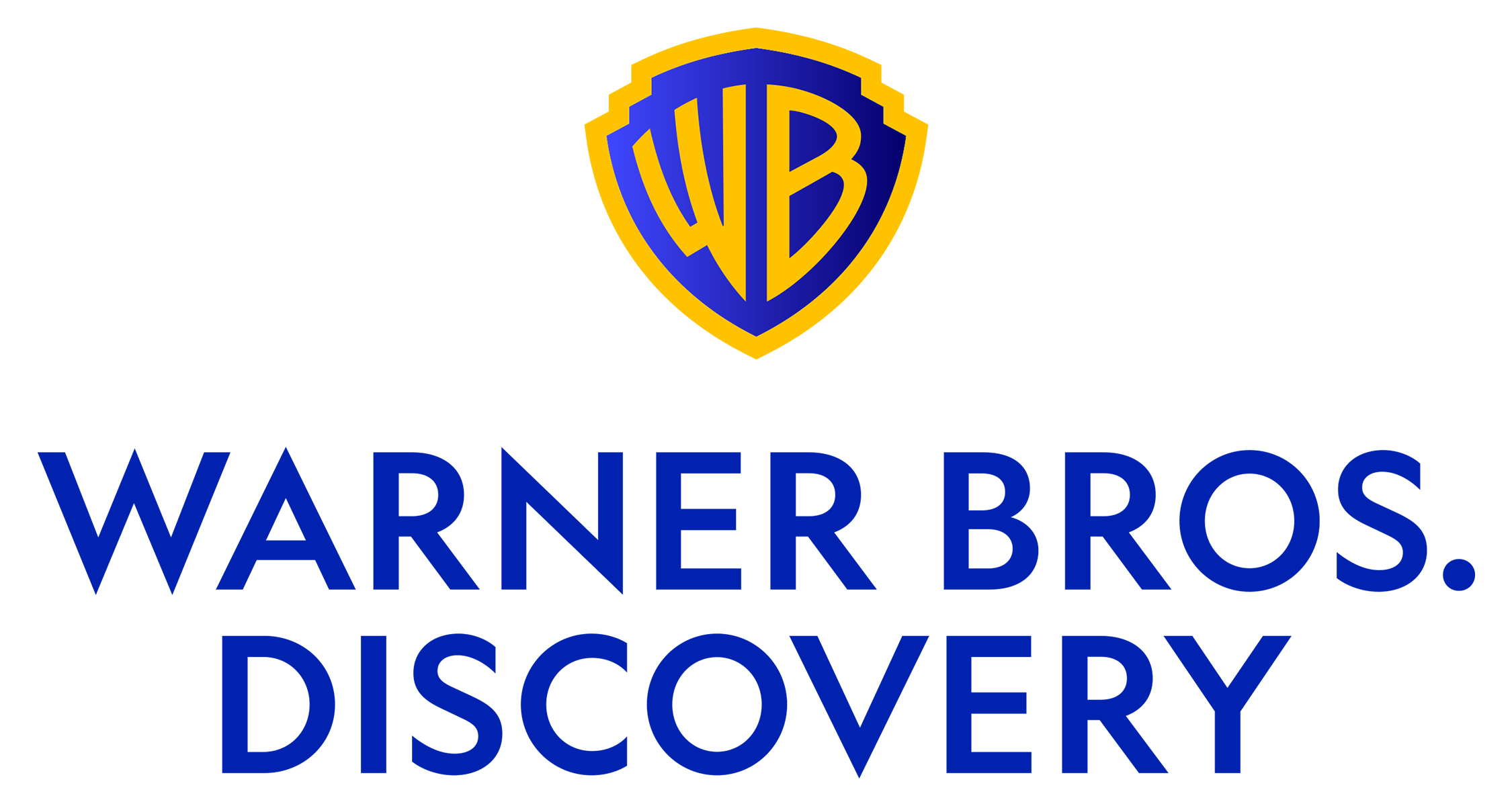Metropolitan Opera to celebrate 100 years of live broadcasts
Few broadcasts have endured as long as the live transmissions from the Metropolitan Opera House in New York City. Jan. 12 will mark the 100th anniversary of the first live transmission of opera via radio.
Radio pioneer Lee De Forest was an opera lover. The May 1907 prospectus of his Radio Telephone Company said, “It will soon be possible to distribute grand opera music from transmitters placed on the stage of the Metropolitan Opera House by a Radio Telephone station on the roof to almost any dwelling in greater New York and vicinity.”
He hired opera singers to sing into his microphones and also transmitted opera-music records, even from the Eiffel Tower.
He couldn’t get Met general manager Giulio Gatti-Gasazza to agree to allow a live radio broadcast, however, until De Forest pointed out that a stage microphone would also allow Gatti-Casazza to hear from his office what was happening on stage. Finally, an experimental broadcast was authorized.
On Jan. 12, 1910, Acts II & III of “Tosca” were sent by a transmitter at the Met, via an antenna strung between two masts on the roof, to a handful of receiving stations in the New York area. “The New York Times” reported at the time, “This will only be an experiment and perfect results are not expected immediately.”
Those singing or talking into a microphone offstage were heard much better than those singing on the stage. Memory and imagination probably helped listeners.
Still, the world’s first live opera broadcast went fairly well.
The professional video industry's #1 source for news, trends and product and tech information. Sign up below.
Oscar Hammerstein, whose Manhattan Opera House competed with the Met, installed a wireless station in his new London Opera House the next year. But it wasn’t for broadcasting; it was for selling tickets to “passengers in the great liners 500 miles out at sea,” according to “The Times.”
And the rest of the opera’s many technical milestones — live TV, cinema, subtitled, satellite, Internet, HD, and even 3-D opera — is history.
